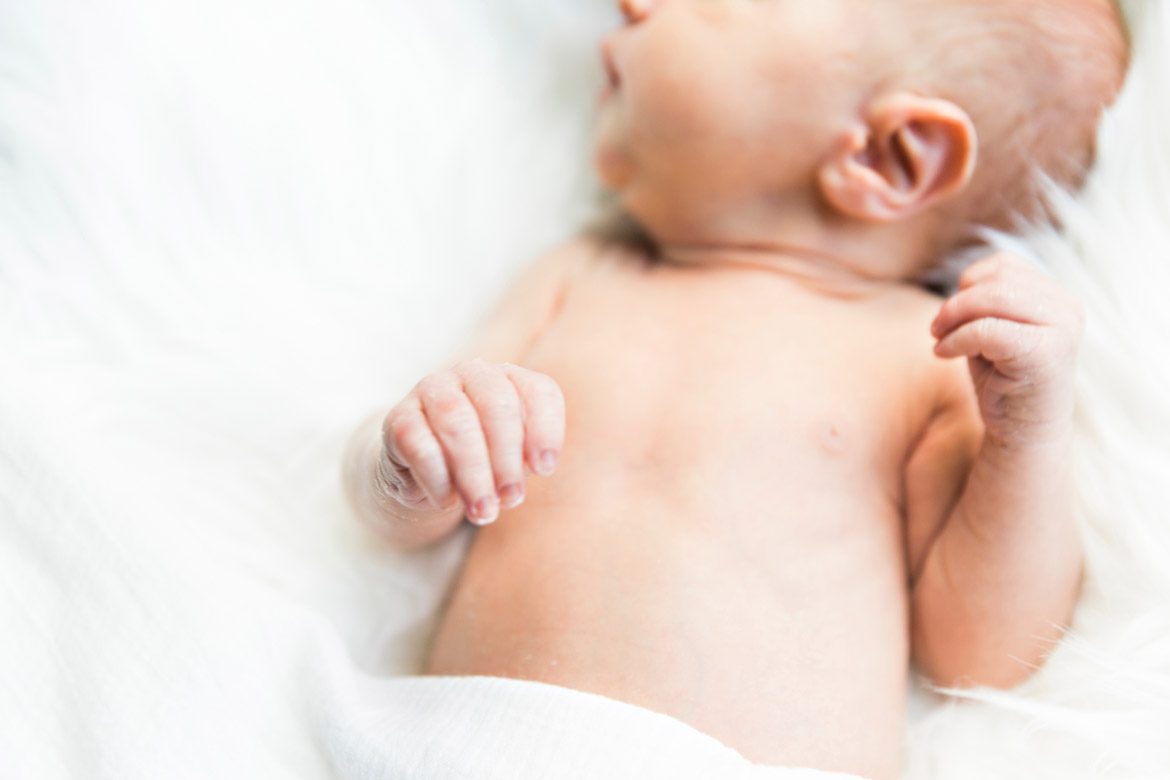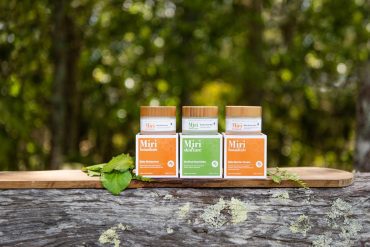Good quality sleep is imperative for growth and development in children and babies but what can parents do to make sure this happens? Certified sleep science coach, Jane Wrigglesworth lets us know what we can do to help our little ones to get the best night’s sleep possible.
1. Establish a routine that will set the building blocks for a solid sleep
A bedtime routine will reduce sleep problems for infants (as well as us adults). Mealtimes are a cue that we are leading up to bedtime, as is bath and a bedtime story. It’s key to keep these activities consistent. If your child naturally runs hot, a bath just before bed may keep them awake, as sleep is initiated when our body starts to cool down. Both excessively high or low ambient temperature affects sleep. For newborns, it takes two to three months before they begin to produce melatonin (the sleep hormone) in levels needed for sleep. Breastfeeding can introduce melatonin to a baby through its mother’s breast milk in the meantime.
For newborns, it takes two to three months before they begin to produce melatonin (the sleep hormone) in levels needed for sleep. Breastfeeding can introduce melatonin to a baby through its mother’s breast milk in the meantime.
2. Take a closer look at what they’re sleeping on
If your child has sensitive skin, look into their bedding more closely. After all, they are spending a considerable amount of time there. If you’re using a secondhand or hand-me-down cot, you might want to consider buying a new mattress or adding a dust mite protector to your existing one. Old mattresses have a risk to host harmful pathogens (bacteria, fungus, mould and mildew) which can lead to breathing difficulties and disturbed sleep. The lifespan of a baby’s mattress depends on a number of factors, but most are designed to last for five years (with adults’ mattresses lasting between seven and 10 years). If it has been well maintained, kept away from moist environments, protected with dust mite covers and without any indentations from wear, it may last longer.











